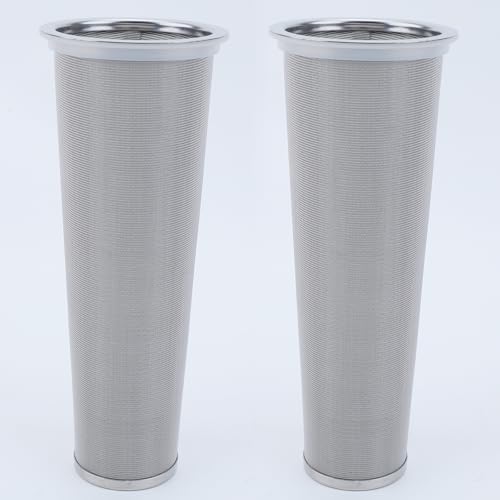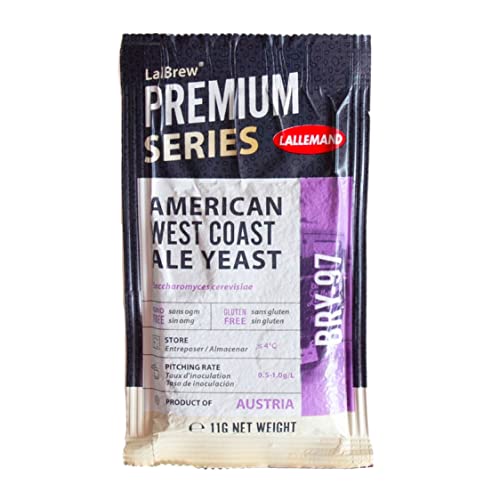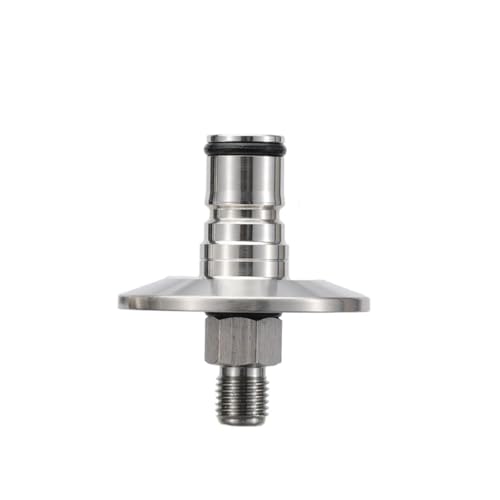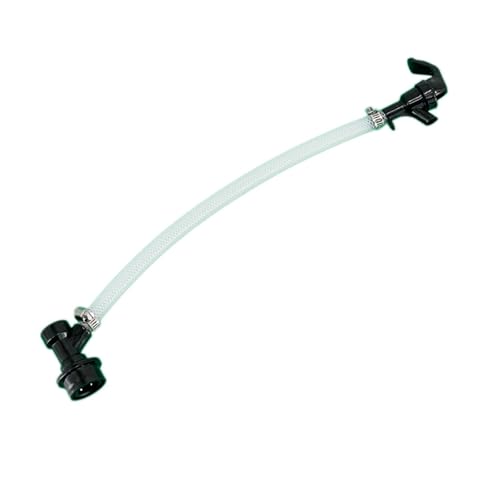Yes, you have it correct, I would add enough to stop fermentation is all....
additional info - if you had 5.0 gal of 10% mead, that is 20proof, and 1.00 proof gallons (5.0 x .20) If you add 1 gal of 120 proof honey distillate, that is 1.2 proof gallons, for a total of 2.2 proof-gallons, and total volume of around 6.2gal, and 2.2/6.2 = 35.5proof proof, or 17.75%, probably not enough to stop fermentation completely, but now you get the math... 20-25% should stop nearly everything...
*you could add vodka to the honey/must the first time for simplicity, since you are aiming to capture the aromatics that would be lost in boiling or even carried out with CO2 in fermentation...
*watch how much power you put to boiling honey, you don't want to scorch the honey, the pot, or electric elements...
*you can cool to pitching temp in the still, just put a reverse airlock on it... or use a chiller, but make sure it is extra sterile, as there are no hops to help you kill other bugs!
* the first time you may want to do this in a glass lab still like heart-magic.com has... this still is perfectly legal if you use it as intended, for steam extraction of essential oils... what you dabble with after is on you...
additional info - if you had 5.0 gal of 10% mead, that is 20proof, and 1.00 proof gallons (5.0 x .20) If you add 1 gal of 120 proof honey distillate, that is 1.2 proof gallons, for a total of 2.2 proof-gallons, and total volume of around 6.2gal, and 2.2/6.2 = 35.5proof proof, or 17.75%, probably not enough to stop fermentation completely, but now you get the math... 20-25% should stop nearly everything...
*you could add vodka to the honey/must the first time for simplicity, since you are aiming to capture the aromatics that would be lost in boiling or even carried out with CO2 in fermentation...
*watch how much power you put to boiling honey, you don't want to scorch the honey, the pot, or electric elements...
*you can cool to pitching temp in the still, just put a reverse airlock on it... or use a chiller, but make sure it is extra sterile, as there are no hops to help you kill other bugs!
* the first time you may want to do this in a glass lab still like heart-magic.com has... this still is perfectly legal if you use it as intended, for steam extraction of essential oils... what you dabble with after is on you...





















































![Craft A Brew - Safale S-04 Dry Yeast - Fermentis - English Ale Dry Yeast - For English and American Ales and Hard Apple Ciders - Ingredients for Home Brewing - Beer Making Supplies - [1 Pack]](https://m.media-amazon.com/images/I/41fVGNh6JfL._SL500_.jpg)






